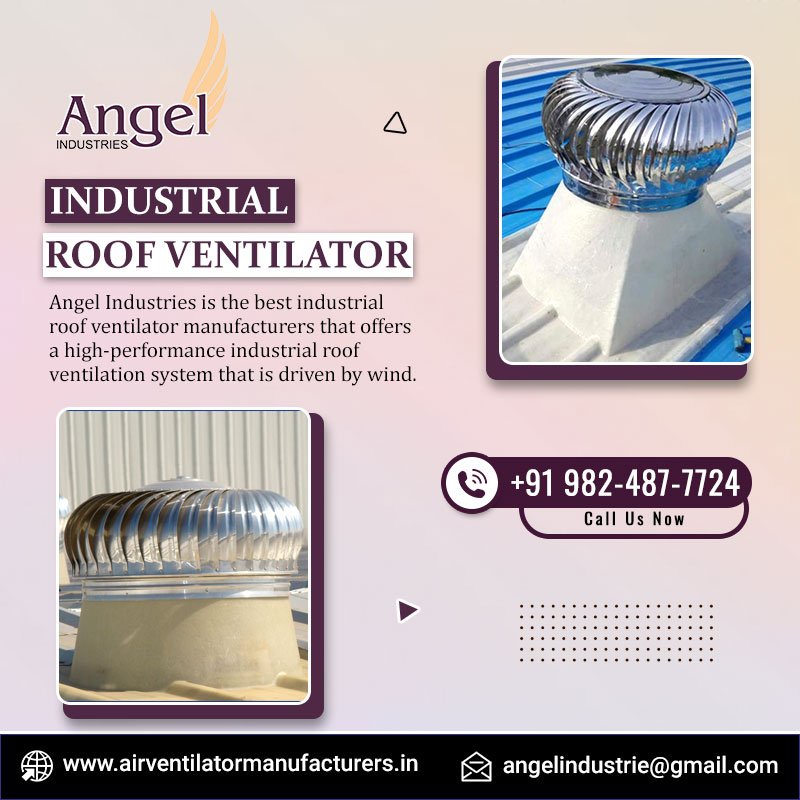In architecture and construction, the roof is often hailed as the crown of a building. It not only shields us from the elements but also plays a crucial role in maintaining a comfortable indoor environment. One often overlooked yet essential component of a well-functioning roof is the ventilator. Roof ventilators, commonly known as roof vents, offer many benefits that go beyond mere ventilation. So, here we have mentioned the top five reasons why installing ventilators is a smart choice for any building. So, let’s explore them!
Top Reasons Why It's Beneficial To Install Roof Ventilators:
Improved Indoor Air Quality
Stale and stagnant air inside a building can lead to various health issues such as headaches, fatigue, and respiratory problems. Roof Air Ventilators facilitate the exchange of indoor and outdoor air, ensuring a constant supply of fresh air while expelling pollutants, odors, and excess moisture. This circulation helps in maintaining a healthy indoor environment, particularly in spaces prone to high humidity or where airborne contaminants are a concern, such as kitchens and bathrooms.
Enhanced Energy Efficiency
Proper ventilation is essential for regulating indoor temperature and reducing the strain on heating and cooling systems. These ventilators facilitate passive cooling by expelling hot air that accumulates in the attic or upper floors during warmer months, thus lowering the overall temperature of the building. By promoting natural airflow, roof vents can significantly decrease the need for mechanical cooling, resulting in substantial energy savings and lower utility bills.
Extended Roof Lifespan
Excessive heat buildup in the attic can wreak havoc on the roofing materials, causing them to deteriorate prematurely. This type of ventilator plays an essential role in preventing this by dissipating heat and moisture, thereby reducing the risk of damage from issues like moisture buildup, mold, and mildew. By maintaining a balanced and conducive environment in the attic, roof vents help prolong the lifespan of the roof, saving building owners from the hassle and expense of frequent repairs or premature replacement.
Condensation Control
Condensation can be a major problem in buildings, particularly in colder climates or during temperature fluctuations. When warm, moist air comes into contact with cold surfaces such as roofing materials, it condenses into water droplets, leading to issues like mold growth, wood rot, and structural damage. Ventilators on roofs mitigate this risk by promoting air circulation and equalizing indoor and outdoor temperatures, thus reducing the likelihood of condensation formation and its associated problems.
Comfort Throughout Year
Whether it's scorching summer heat or freezing winter chill, roof ventilators like Turbo Air Ventilator ensure year-round comfort by regulating indoor temperature and humidity levels. In summer, they prevent heat buildup and maintain a cool, comfortable environment, while in winter, they help prevent moisture buildup and ice dam formation by expelling warm, humid air from the attic. This balanced ventilation not only enhances occupant comfort but also contributes to a more sustainable and eco-friendly building operation.
Conclusion
The installation of roof ventilators offers numerous benefits ranging from improved indoor air quality and energy efficiency to extended roof lifespan and condensation control. The roof vents create a healthier, more comfortable, and sustainable indoor environment while also helping to preserve the integrity of the building structure.


No comments yet